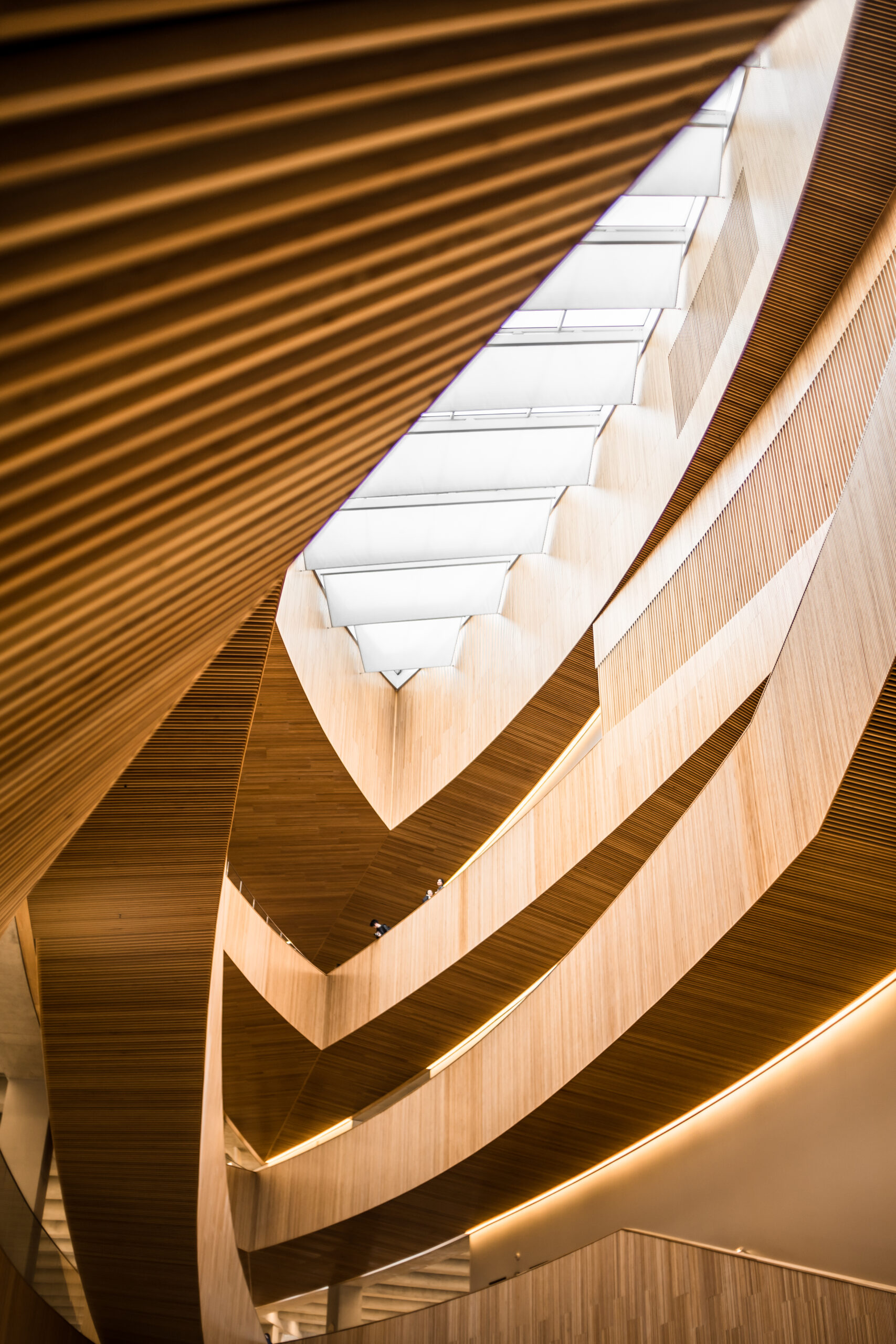Architecture is often described in terms of materials, dimensions, and blueprints—but its most lasting impact lies in how it tells stories. Every structure carries the imprint of the people who imagined it, the culture that shaped it, and the values it was built to serve. At its core, architecture is not just about creating space—it’s about giving meaning to space.
The Narrative Power of Design
From the sweeping arches of Gothic cathedrals to the clean lines of modernist homes, architecture has always reflected the priorities of its time. It speaks through design choices: openness that invites community, solidity that conveys protection, transparency that suggests trust.
When we walk through a public square, a campus, or a home, we’re not just navigating a layout—we’re participating in a narrative crafted through form, light, and movement.

Culture and Context
Good architecture doesn’t exist in a vacuum. It responds to place. Climate, history, landscape, and local customs all influence how a building takes shape. In doing so, the built environment becomes a mirror of the community it serves—adapting over time, yet rooted in something deeply familiar.
This responsiveness is especially important in civic and educational design, where buildings play a role in shaping collective identity and experience.
The Human Scale
The most memorable spaces are often those designed with the individual in mind. A well-placed window, a quiet courtyard, or a moment of symmetry can turn a functional space into a meaningful one. Architects who prioritize the human scale recognize that beauty and utility are not opposing forces—they’re collaborative elements in a well-told story.
Architecture That Endures
Timeless architecture is not just well-constructed—it’s well-considered. It carries a sense of intention that transcends trends. Whether through sustainability, spatial flexibility, or material authenticity, enduring design honors both the present and the future.
Ultimately, architecture becomes part of the human experience—not just as shelter, but as symbol. And the best architecture continues to tell its story long after the blueprints are archived.
Want more insight on how architectural design shapes environments, communities, and culture?
Explore more articles or get in touch with a design professional to begin your journey.


